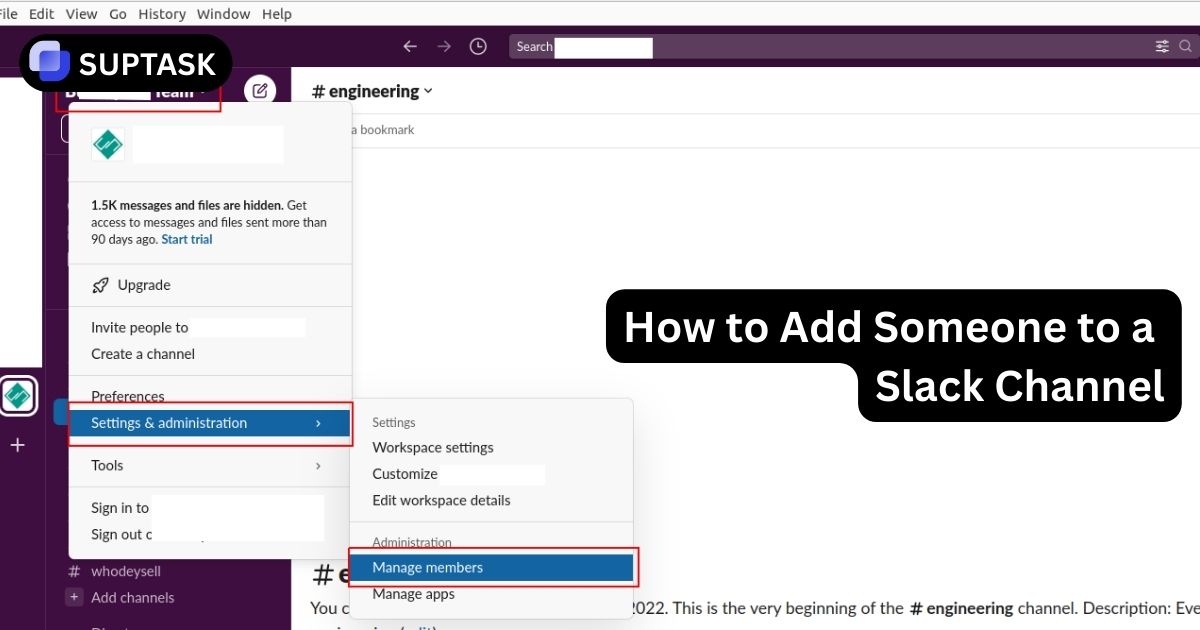The ITIL framework helps IT services meet business needs and improve customer satisfaction.
This guide explains how ITIL simplifies procedures, handles risks, and improves services over time – all while supporting modern IT needs.
Key Points
- Key PointsOrganizational Benefits: Adopting ITIL can improve service quality, increase customer satisfaction, reduce costs, and enable more efficient use of technology and staff.
- Alignment with Business Goals: ITIL aligns IT processes with business goals, enhancing service quality and customer satisfaction through structured service management.
- ITIL 4 – The Latest Version: Introduced in 2019, ITIL 4 is more flexible, agile, and integrates well with current IT practices. It emphasizes continuous improvement.
About the ITIL Framework

ITIL helps manage IT services well. It looks at every step to make sure services run smoothly and get better over time. This helps staff and tech work as best they can.
- Essential for Success:
- Aligns IT processes with business objectives.
- Improves customer satisfaction through effective service delivery.
- Aligns IT processes with business objectives.
- Holistic Approach:
- Covers risk management, customer relationship building, and organizational growth.
- Covers risk management, customer relationship building, and organizational growth.
- Performance and Cost Benefits:
- Helps save money and improve performance.
- Enables quick adaptation to business changes and ensures IT services meet evolving needs.
- Focuses on every step of service management to ensure smooth and ongoing improvement, supporting both staff and technology.
- Helps save money and improve performance.
ITIL and IT Service Management (ITSM)
- Best Practices for ITSM:
- ITIL is a widely recognized set of best practices for managing IT services.
- ITIL is a widely recognized set of best practices for managing IT services.
- Continuous Improvement:
- Focuses on strategies that include planning, action, and review to continually enhance service delivery.
- Focuses on strategies that include planning, action, and review to continually enhance service delivery.
- Leading Framework:
- Many organizations use ITIL as their primary guide for ITSM due to its proven approach in keeping users satisfied.
ITIL 4 Foundation Certification Training further strengthens these efforts by equipping professionals with a solid understanding of the latest ITIL practices, tools, and techniques.
ITIL and ITSM
ITIL is a set of best practices for IT Service Management (ITSM). It helps organizations manage services well by continually improving and keeping users happy. Many groups use ITIL as their leading ITSM guide.
- Best Practices for ITSM:
- ITIL is a widely recognized set of best practices for managing IT services.
- ITIL is a widely recognized set of best practices for managing IT services.
- Continuous Improvement:
- Focuses on strategies that include planning, action, and review to continually enhance service delivery.
- Focuses on strategies that include planning, action, and review to continually enhance service delivery.
- Leading Framework:
- Many organizations use ITIL as their primary guide for ITSM due to its proven approach in keeping users satisfied.
What Makes Up ITIL
Originally a collection of over 30 books, ITIL has now consolidated into one core resource focusing on:
- Service Life Cycles
- Core Ideas and Management Practices
These components empower companies to:
- Manage IT services efficiently.
- Consistently deliver high-quality service.
Establish strong standards for service management.
Guiding Principles
ITIL 4 is driven by seven core guiding principles that foster an innovative and continuously improving environment:
- Focus on Value:
Deliver meaningful benefits to customers. - Start from Where You Are:
Leverage existing processes and strengths. - Progress Step-by-Step with Feedback:
Encourage gradual improvement through continuous feedback loops. - Collaborate and Increase Visibility:
Promote teamwork across all groups to avoid isolated working practices. - Take a Comprehensive Approach:
Consider all aspects of service management holistically. - Keep Things Simple and Practical:
Reduce unnecessary complexity to enhance service delivery.
Management Practices
ITIL 4 shifts from rigid processes to a broader approach by focusing on four key areas:
- Incident & Problem Management:
Quickly resolves service issues and works to prevent future occurrences. - Change Management:
Carefully plans and executes changes to IT services to minimize risks. - Service Level Management:
Ensures that services consistently meet customer needs and business objectives.
Using ITIL with Modern Tools like Suptask and Slack
With tools like Slack key for teamwork, blending ITIL with Suptask enhances service management abilities.
IT teams can create and monitor support tickets in Slack using Suptask's ticketing system, boosting workflow and collaboration.
Using tools like Suptask aligns with ITIL best practices. It automates service processes and provides insights for smarter decisions and constant service improvements.
Suptask Features
ITIL vs. Other ITSM Frameworks
ITIL is a renowned ITSM framework. FitSM and COBIT offer different approaches. FitSM is free, suggesting quicker, more straightforward implementation than ITIL's comprehensive framework.
COBIT emphasizes governance and financial aspects of service management, benefiting IT companies' financial audits.













